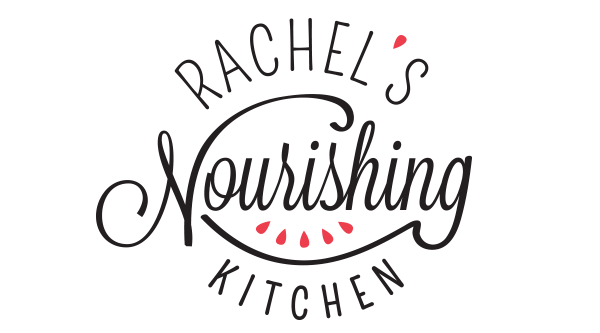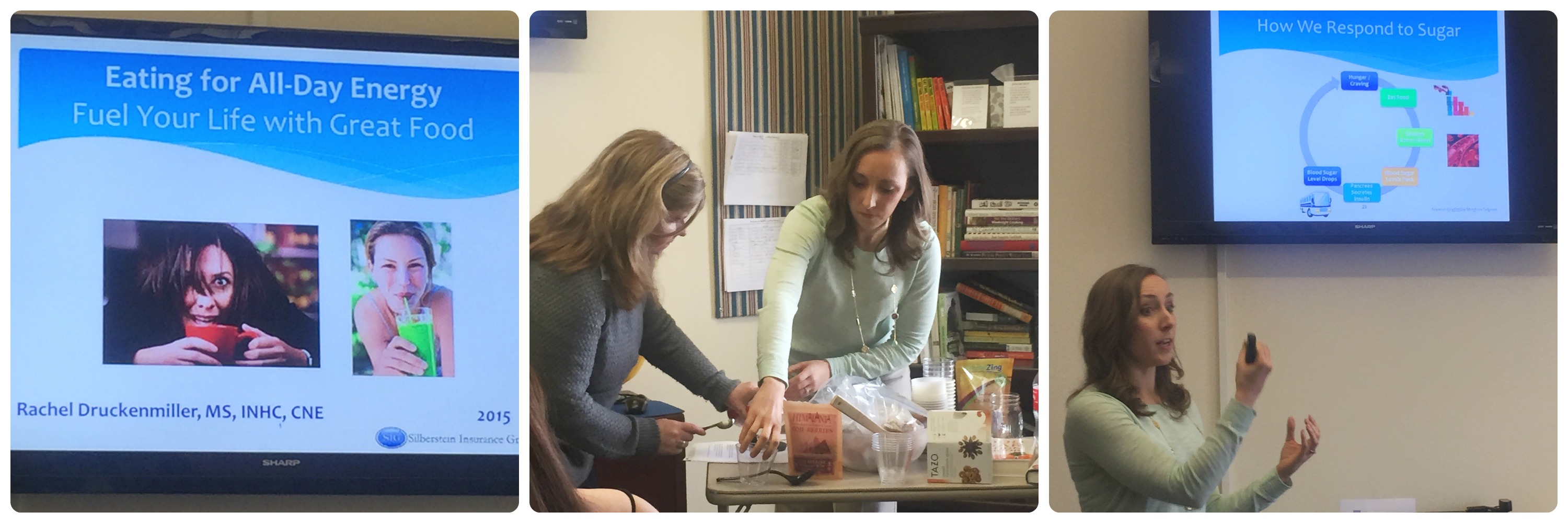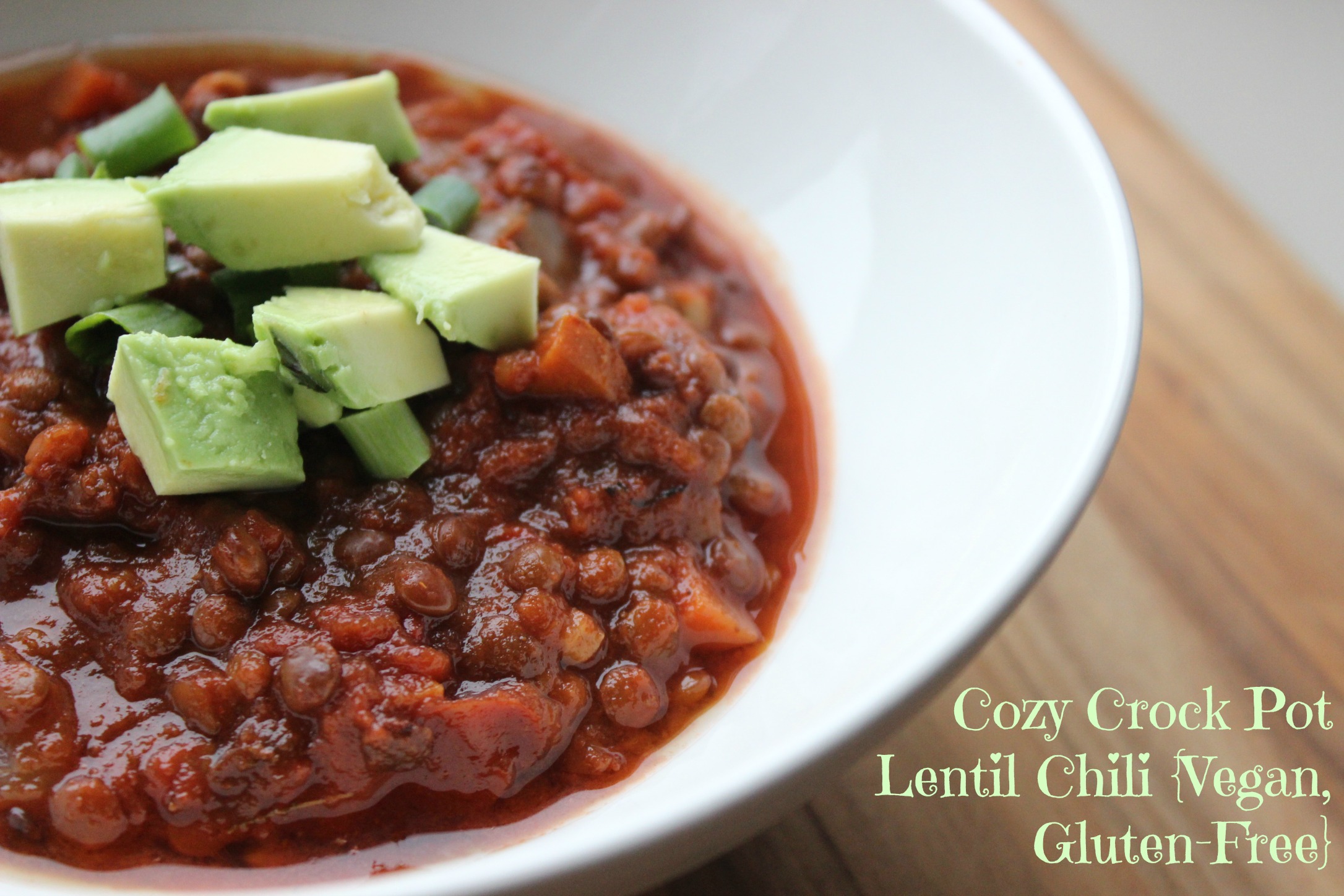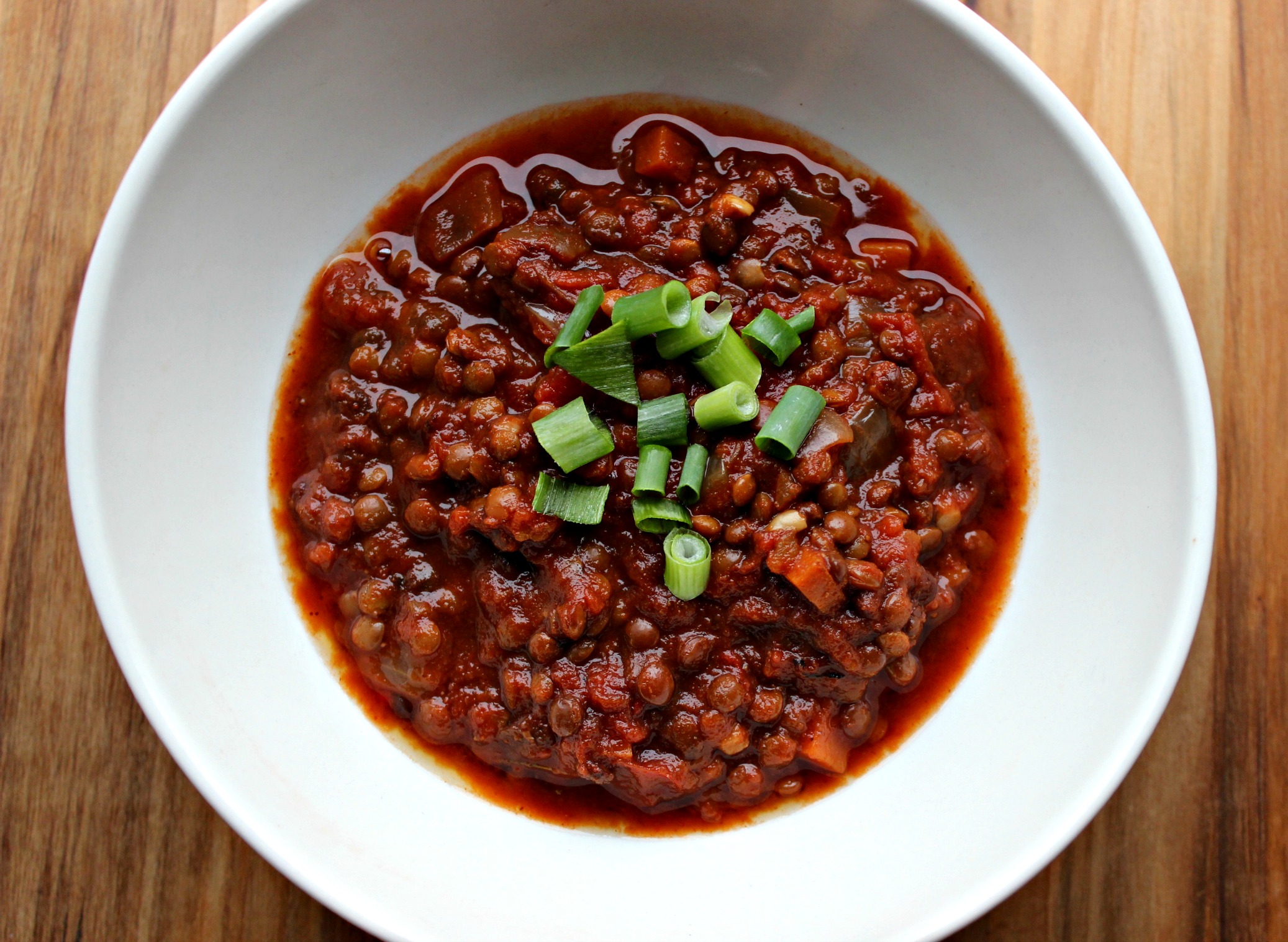In the first post in this series all about sugar, I shared what we’ve learned about how much sugar we’re eating, how it’s hidden in many of our favorite “healthy” foods, and why so many of us are addicted to it. If you missed it, check it out here!
If our drive to eat these foods is so strong, how do we overcome it? How can we eat for energy instead of always turning to sugar or caffeine to pick us up?
How do we set ourselves up to reduce sugar cravings?
The good news is that our taste buds are highly adaptable. They can change over time. It’s important to know that the more sugar we eat, the more sugar we crave.
If we give our body a break from artificial sweeteners and refined sugar and eat naturally sweet foods (like berries), then when we do eat a sweetened food, it may taste too sweet to us!
Aside from eating less sugar, one of the keys to cutting sugar cravings and eating for energy is to eat satiating meals and snacks that stabilize our blood sugar. To do this, we’ll want to include a combination of protein, fiber and fat…PFF for short.
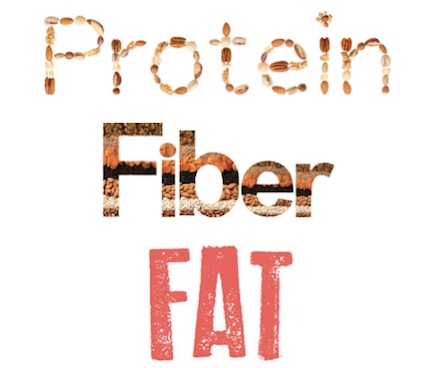
The most satiating macronutrient we can eat is PROTEIN.
Protein isn’t just for building muscles either.
The building blocks of protein (amino acids) are the foundation of everything from tissues like muscles to neurotransmitters like dopamine and serotonin, hormones, and enzymes. Protein keeps us full and is key to controlling our energy and weight. Check out this article all about protein and why we need it.
Here are a few of my favorite sources of protein (seeds, nuts, lentils, peas, beans, wild caught fish, grass-fed beef, pasture-raised and cage-free eggs and poultry).

You can find sustainably raised animals products near where you live by searching the website LocalHarvest.org.
For me, one of the most filling sources of protein is lentils. They’re packed with protein AND fiber, so they really fill me up for a long time. One of my favorite lentil dishes to make when the weather cools down is this Crock Pot Lentil Chili. Check out 11 recipes that will make you fall in love with lentils.
Another blood sugar-stabilizer is FIBER.
Fiber is only found in plants and helps our blood sugar release more slowly over time, so it keeps us feeling full and helps us get off of the blood sugar roller coaster. By doing that, we will feel better and have more sustained energy.
Not only that, but fiber-filled foods are nutrient-rich foods (packed with vitamins, minerals, antioxidants, phytochemicals) that nourish and satisfy our bodies at a biochemical level. Instead of being overfed and undernourished, we’re giving our body all of the goodness it needs to feel awesomely energized.
Some of my favorite sources of fiber include the foods below (leafy green vegetables, cruciferous vegetables like broccoli, root vegetables like sweet potatoes, squashes, berries, stone fruits like cherries and peaches, lentils, peas, and beans)

As you start eating more fiber, do so slowly and increase your water intake at the same time to support your body in getting rid of waste. That way, you can feel your best and reduce some of the common side effects of adding in more fiber (such as gas and bloating) to an otherwise low-fiber diet.
Incorporating enough fiber in our diet is one of the keys to eating for energy.
Last but not least, we can recover from the advice given to us by the dietary guidelines and…
Stop fearing FAT.
Remember this chart from the first post in this series?
We need dietary fat for a number of reasons.
For starters, 60% of our brain is made up of fat, so healthy fats like the ones below are essential for brain health and functioning and also play a key role in satiety.
I like to think of fat as a condiment, with most of my meals consisting of fiber and protein. It’s especially important to eat fats when we eat plants containing vitamins that need fat to be absorbed (like the vitamin K in kale). I focus on eating whole food sources of fats as much as possible vs. oils.
Here are just a few of my favorite fats (avocados, flax seeds, hemp seeds, nuts and seeds, pasture-raised cage-free eggs, grass-fed ghee (clarified butter), coconut, and wild caught salmon.

When we include Protein, Fiber and Fat in our meals (PFF for short), we give our body a better chance of controlling our blood sugar, stabilizing our energy and weight AND cutting cravings.
Eating this way has significantly impacted my energy level and has helped me cut cravings, too. Give it a try for yourself, and see what happens.
In the third post in this series, we’ll take a look at the concerns about artificial sweeteners. We’ll wrap up with a bonus 4th post about the BEST natural sweeteners to use and why!
